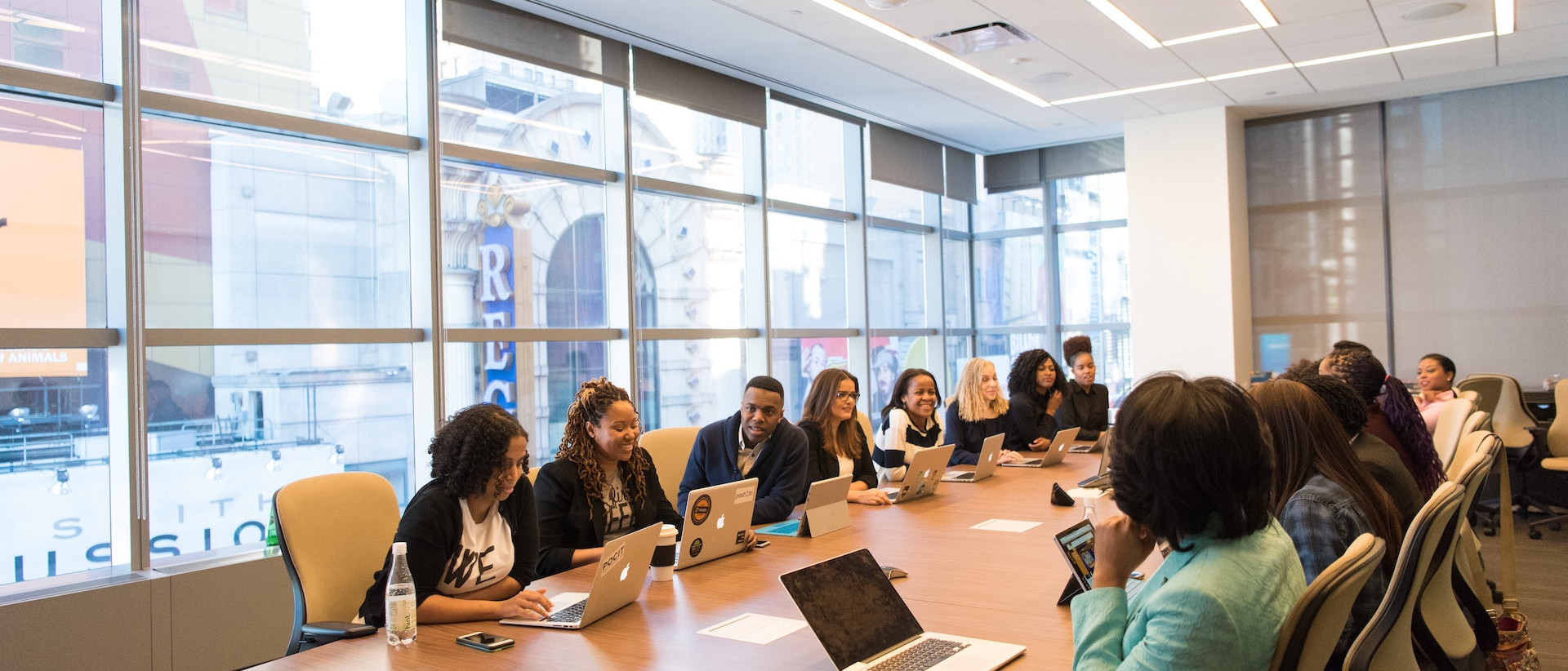Explore Categories
- Case studies (1)
- Data privacy and security (1)
- Industry trends (8)
- Product Updates (5)
- Strategy (12)
- User guides (9)
Latest Articles

What Is Lobbying in Public Relations? An In-Depth Guide
Explore how lobbying in public relations shapes policy decisions, benefiting organizations and individuals. Learn about objectives, strategies, and the role of PR professionals in driving impactful change.
Introduction: In the world of public relations, lobbying plays a vital role in shaping policy decisions and advocating for the interests of organizations, industries, and individuals. This article aims to provide a comprehensive understanding of lobbying in public relations, including its definition, objectives, strategies, and ethical considerations. Whether you’re a PR professional or someone interested in understanding the dynamics of lobbying, this guide will help you gain insights into this influential practice.
Understanding Lobbying in Public Relations
Lobbying refers to the deliberate efforts made by individuals, organizations, or interest groups to influence public policy decisions, particularly those made by government bodies. In the context of public relations, lobbying aims to shape legislation, regulations, and public opinion in favour of the client or organization being represented. It involves engaging with policymakers, lawmakers, and other stakeholders to present arguments, information, and expert opinions to influence decision-making processes.
Lobbying can take various forms, such as direct advocacy, grassroots mobilization, coalition building, media engagement, and political contributions. These strategies and tactics are employed to achieve specific objectives and bring about desired policy outcomes.
Objectives of Lobbying in PR
The primary objective of lobbying in public relations is to influence policy outcomes in a way that benefits the organization or client being represented. Some common objectives include:
Shaping Legislation and Regulations:
Lobbyists work to shape laws and regulations to align with their client’s interests or objectives. For example, a pharmaceutical company may lobby for favourable regulations that streamline the drug approval process, enabling faster access to new medications.
Advocacy for Industry Interests:
Lobbying is often used to advocate for specific industries and protect their interests. For instance, an automotive association may lobby for policies that promote electric vehicle adoption, such as tax incentives and infrastructure development.
Building Relationships with Policymakers:
Lobbyists establish relationships with policymakers to gain access and influence decision-making processes. By fostering connections with key decision-makers, lobbyists can effectively present their clients’ viewpoints and gain a seat at the policy-making table.
Educating Policymakers and the Public:
Lobbying involves providing information, data, and expert opinions to policymakers and the public to influence their understanding and decision-making. For instance, environmental organizations may lobby for stricter regulations on carbon emissions by providing scientific research and data on the impacts of climate change.
Strategies and Tactics of Lobbying in Public Relations
Lobbying in public relations employs various strategies and tactics to achieve its objectives. Here are some common ones:
Direct Advocacy:
Lobbyists engage directly with policymakers through meetings, presentations, and briefings to present their arguments and influence policy decisions. They provide evidence-based information, expert opinions, and real-life examples to support their positions.
Grassroots Mobilization:
Lobbying efforts can include mobilizing public support through grassroots campaigns, petitions, and community outreach. By rallying public opinion and demonstrating widespread support for a particular cause, lobbyists can increase pressure on policymakers to address the issue.
Coalition Building:
Lobbyists often form coalitions with other organizations or interest groups that share common goals. By joining forces, these groups increase their collective influence and amplify their voice. For example, various environmental organizations may form a coalition to advocate for renewable energy policies.
Media Engagement:
Lobbyists leverage media channels to disseminate information, influence public opinion and put pressure on policymakers. They may organize press conferences, issue press releases, or engage in media interviews to ensure their message reaches a wide audience. Strategic media coverage can shape public discourse and create momentum for policy change.
Political Contributions:
Lobbyists may support political candidates or parties through campaign contributions, seeking to gain influence and access. While this tactic raises ethical considerations, it is a common strategy employed to establish relationships with policymakers and increase the chances of policy alignment.
The Role of Public Relations Professionals in Lobbying
Public relations professionals play a critical role in lobbying efforts. Their expertise in strategic communication, stakeholder engagement, and reputation management helps shape lobbying campaigns. Here’s how PR professionals contribute to lobbying efforts:
Strategic Communication:
PR professionals develop compelling messages and narratives that resonate with policymakers and the public. They craft persuasive arguments backed by data, research, and expert opinions. Effective communication ensures that lobbying efforts are impactful and resonate with the target audience.
Stakeholder Engagement:
PR professionals identify key stakeholders and engage with them strategically. They build relationships with policymakers, lawmakers, government agencies, community leaders, and other influential individuals or organizations. By understanding stakeholder perspectives and concerns, PR professionals can tailor lobbying strategies to address their needs and aspirations.
Reputation Management:
PR professionals safeguard the reputation of the organizations they represent during lobbying efforts. They ensure transparency, honesty, and ethical conduct, which are crucial for maintaining credibility. PR professionals also manage potential crises or negative publicity that may arise during the lobbying process.
Ethical Considerations in Lobbying
Lobbying in public relations raises ethical considerations that need to be carefully addressed. Here are some key ethical considerations:
Transparency:
Lobbyists should disclose their affiliations and intentions to maintain transparency in their interactions with policymakers and the public. This transparency builds trust and credibility in the lobbying process.
Integrity and Honesty:
Lobbyists should provide accurate and reliable information, avoiding misleading or false statements. Misrepresentation of facts undermines the integrity of lobbying efforts and can harm public trust.
Conflicts of Interest:
Lobbyists must navigate potential conflicts of interest and ensure they do not compromise the integrity of the lobbying process. Transparent disclosure of any conflicts of interest is essential to maintain ethical conduct.
Compliance with Regulations:
Lobbyists should adhere to relevant laws and regulations governing lobbying activities. Compliance with legal requirements helps maintain the integrity of the lobbying process and avoids any legal implications.
Balancing Public Interest:
Lobbying efforts should consider the broader public interest, not solely the interests of the organization being represented. Ethical lobbyists consider the societal impact of their advocacy and strive for policies that benefit the greater good.
Case Studies
Examples of Successful Lobbying Efforts: To illustrate the impact of lobbying in public relations, let’s explore a couple of case studies:
Case Study 1:
Tobacco Control Policies Public health organizations have long lobbied for stricter regulations on tobacco products. Through evidence-based research, media campaigns, and grassroots mobilization, these organizations successfully influenced policymakers to implement policies such as higher taxes on cigarettes, graphic warning labels, and smoking bans in public places. Their lobbying efforts led to significant reductions in smoking rates and improved public health outcomes.
Case Study 2:
Renewable Energy Incentives Renewable energy companies and environmental organizations have collaborated to lobby for incentives and supportive policies to promote clean energy adoption. By engaging with policymakers, conducting economic analyses, and leveraging media channels, they have influenced governments to implement renewable energy targets, tax credits, and grid integration measures. These lobbying efforts have accelerated the transition to a cleaner and more sustainable energy future.
In the end, Lobbying in public relations is a complex and influential practice that seeks to shape policy decisions in favour of organizations, industries, and individuals. By understanding the objectives, strategies, and ethical considerations involved, PR professionals and those interested in the field can effectively navigate the dynamics of lobbying. With transparency, integrity, and strategic communication, lobbying in public relations can be a powerful tool for advocating for the interests of various stakeholders and shaping policy outcomes.



